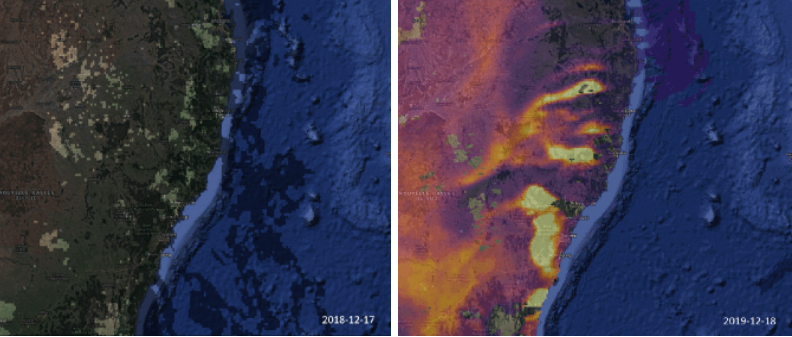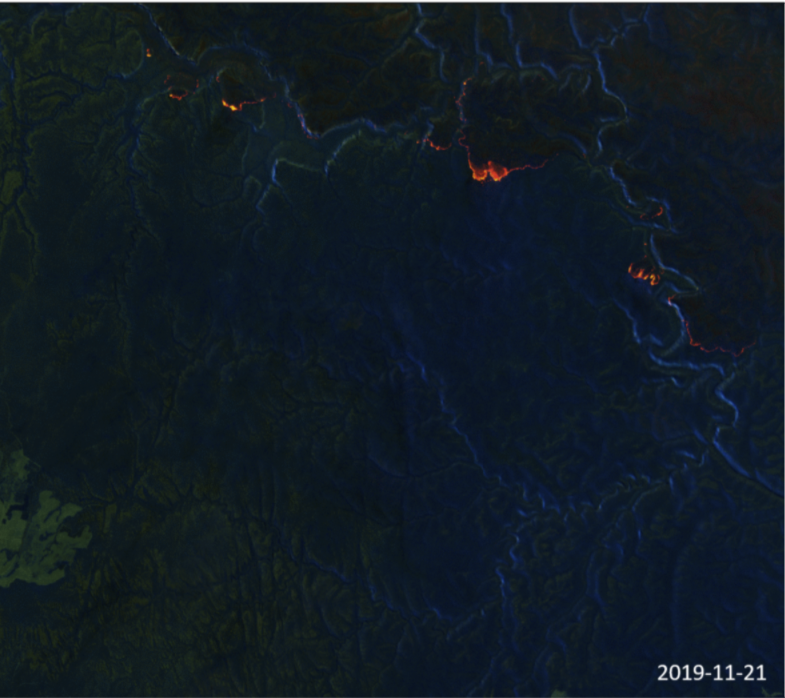A state of emergency has been declared in Australia amid ongoing wildfires that have so far killed at least 28 people and forced thousands to evacuate. As concern over how to monitor and mitigate these fires grows, new data not only show how such events can be quantified faster and more precisely to direct resources accordingly, but also reveal measurements on the fires’ carbon monoxide (CO) surface concentrations in the atmosphere.
Kayrros, the leader in geospatial data science and technology, is bringing realtime transparency to natural disasters by delivering precise measurements as events unfold.
This is achieved by leveraging an abundance of geospatial data through a system of orbiting satellites, producing proprietary measurements to analyze any disruptive event or the evolution of any particular data time series.
The concern over Australia’s wildfires is not only in the precise identification of the locations where fire-fighting efforts should be best directed, but where the fumes and debris would be heading and how this would impact local populations. For example, wind could carry emissions across long distances, causing a potential threat to near or far densely-populated areas. Satellite spectrometry gives an indication, tracking toxic gas concentration over time in the areas surrounding the fires, enabling the identification of gases such as carbon monoxide, nitrogen dioxide, and sulfur dioxide — all hazardous gases to human health. The realtime measurements that unconventional data bring can warn and protect local populations from these hazards.


